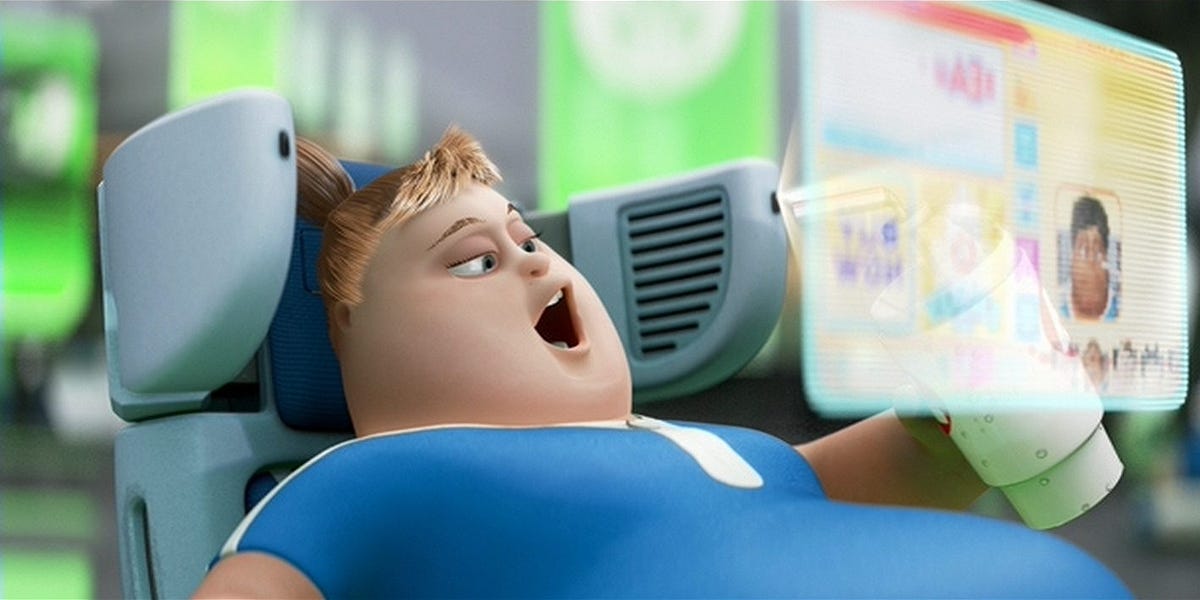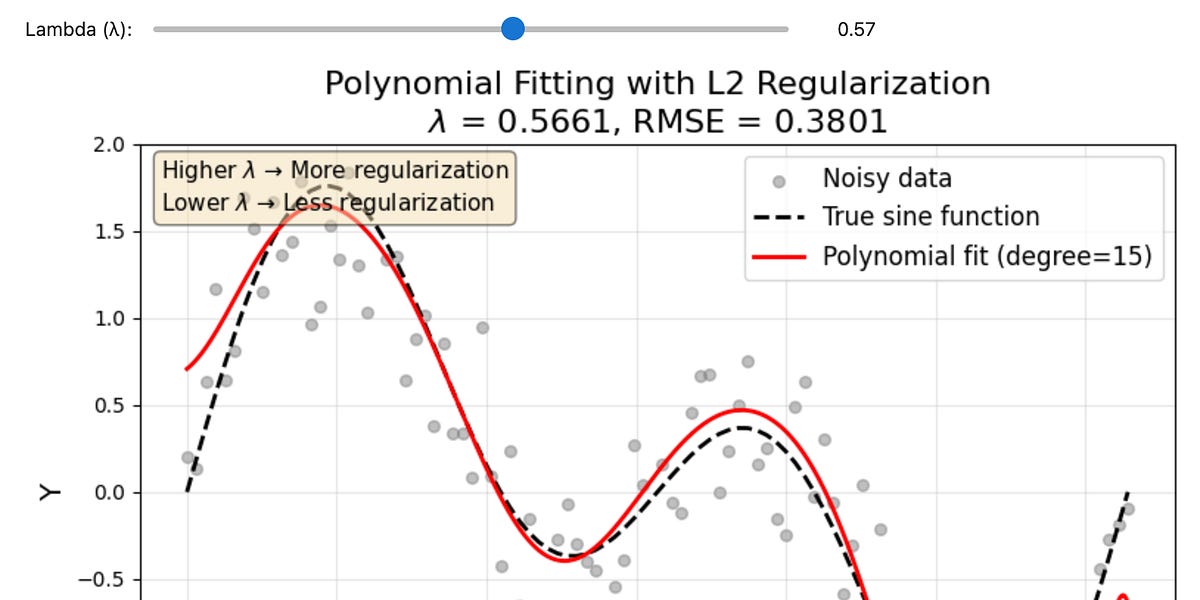
How to Grow Human Bones
I n 1668, a Dutch doctor named Jacob van Meekeren had a daring plan. A patient had recently come into his care with a unique injury—a badly deformed skull. He was a soldier who had seen the brutalities of war, and while he lived to tell the tale, he was severely injured on the battlefield. Van Meekeren proposed a surgical fix: placing a fragment of another skull in the injured space to right its shape. You might wonder where one gets a piece of a skull without committing some color of crime, and so did van Meekeren.
Using a human skull was going to be tricky, so he decided that the best solution here was to use a fragment of a dog’s skull (I’m guessing van Meekeren was a cat person). So, he cut open the soldier’s head and situated the dog skull fragment into the place of the injury. The surgery was a success, and the soldier went on to live an ... unhappy life. An issue arose that van Meekeren hadn’t foreseen. The patient’s church decided that he was now partially dog and could no longer be a member of the parish. The church excommunicated him, and he was devastated to lose his community.
In desperation, the soldier returned to van Meekeren and pleaded for him to remove the dog skull. He obliged, though was surely disappointed at ruining his successful surgery. But when van Meekeren opened up the soldier’s head for the second time, he saw something amazing. The fragment of the dog skull was completely fused into the soldier’s skull and irremovable. He had performed the first successful bone graft in recorded history.













